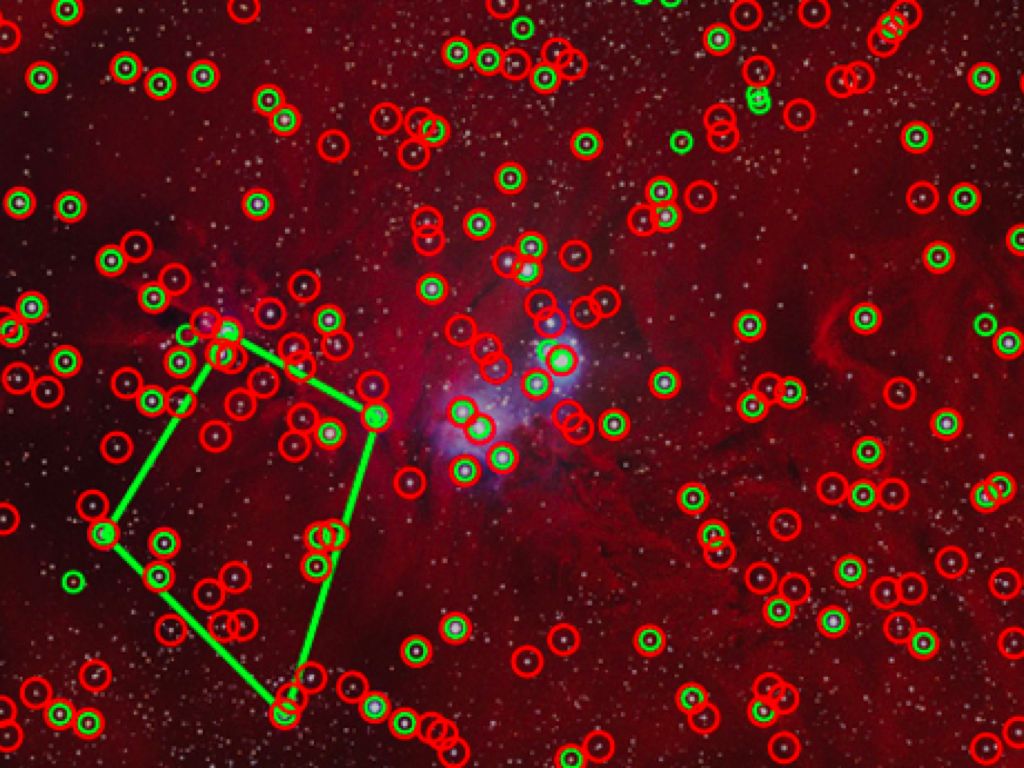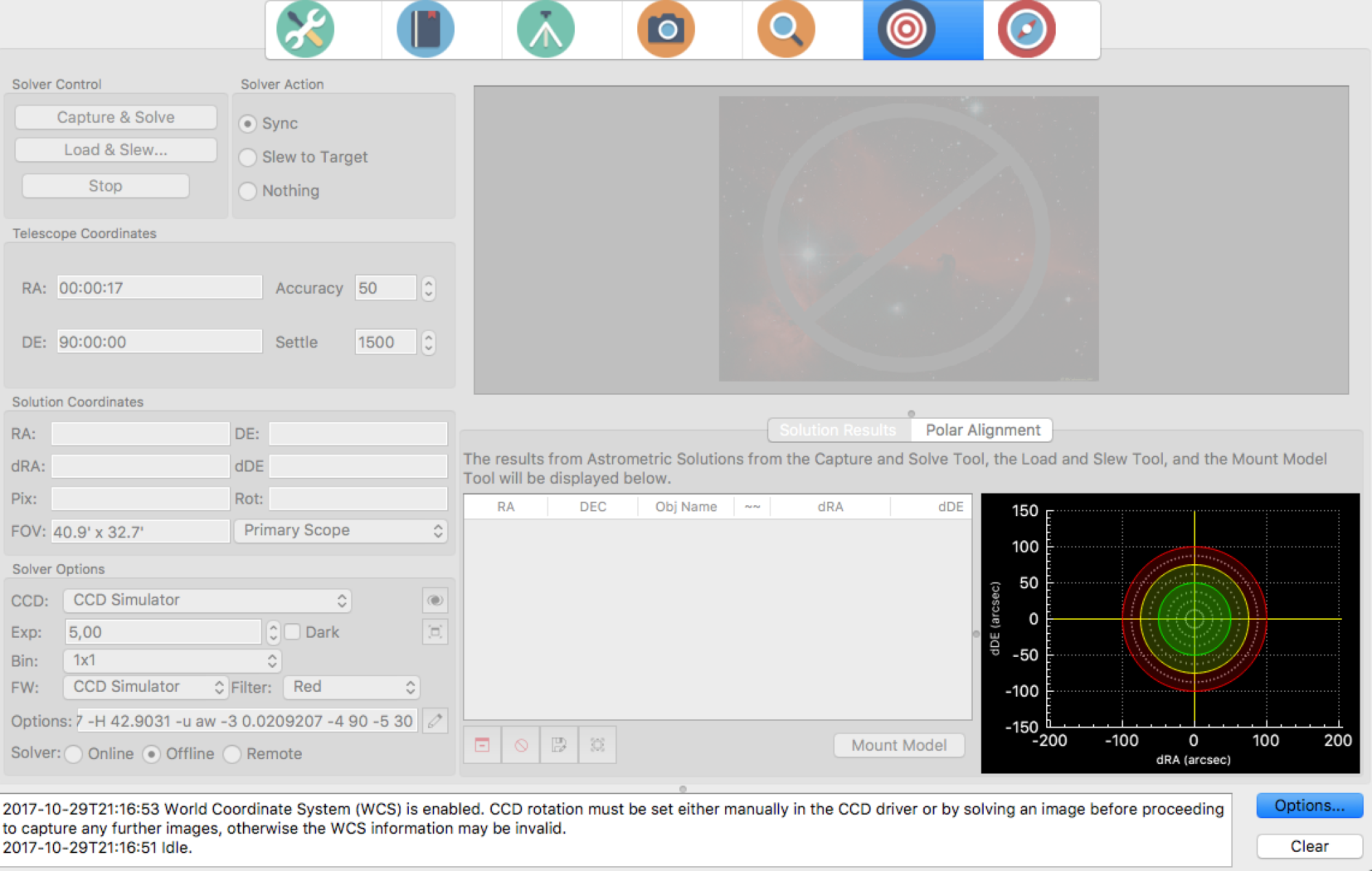

This is done to improve Tracking Accuracy for long exposure astrophtograohy where the mount is required to compensate for the Earth's rotation by moving the mount at a specific speed in order to the keep the target in the center of the frame at all times.

Used to improve the Mount GOTO accuracy by plate-solving images to determine the mount actual pointing position in the sky and then correcting the mount position until it is the target is centered in the camera's Field of View (FOV).The following is a summary on what each method is used for. They are two very different procedures that are designed for different purposes. It is important to understand the differences between Alignment (or more accurately GOTO Alignment) and Polar Alignment. Captured images are solved on the remote machine.
Using astrometry in indi Offline#
Remote Solver: The remote solver is an offline solver the resides on a different machine (for example, you can use Astrometry solver on StellarMate).The built-in solver is fast and supported across all platforms. Furthermore, it supports online (internet-based) solving, ASTAP, and local offline solver (Available for macOS & Linux). StellarSolver supports native plate-solving based on. StellarSolver: The default solver in Ekos.Most popular commercial mounts nowadays support such commands.įor the Ekos Alignment Module to work, you have an option of either utilizing the built-in StellarSolver, or remote solver It takes three images any where in the sky (prefreably close to the celestial poles but not required) and then calculates the offset between the mount axis and polar axis.Īt a minimum, you need a camera and a mount that supports Slew & Sync commands. Ekos can then correct the discrepancy by either syncing to the new coordinates, or by slewing the mount to the desired target originally requested.įurthermore, Ekos provides the Polar Alignment Assitant Tool: An easy to use tool for measuring and correcting polar errors. The magnitude of this discrepancy can range from a few arcminutes to a couple of degrees.

Often, there is a discrepancy between where the telescope thinks it is looking at and where it is truly pointing. Once the coordinates are determined, the true pointing of the telescope is known. The solver essentially performs a pattern recognition against a catalog of millions of stars. Ekos begins by capturing an image of a starfield, feeding that image to the solver, and getting the central coordinates (RA, DEC) of the image. This is possible thanks to the StellarSolver library. Ekos Alignment Module enables highly accurate GOTOs to within sub-arcseconds accuracy and can measure and correct polar alignment errors.


 0 kommentar(er)
0 kommentar(er)
